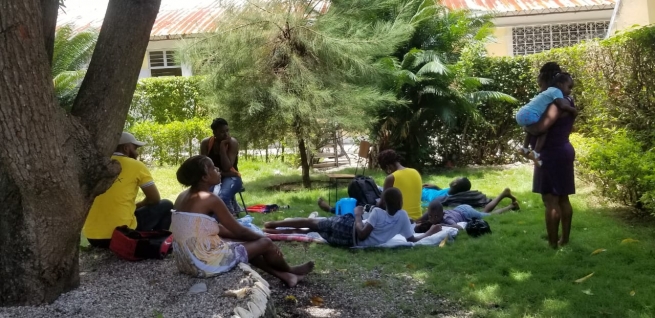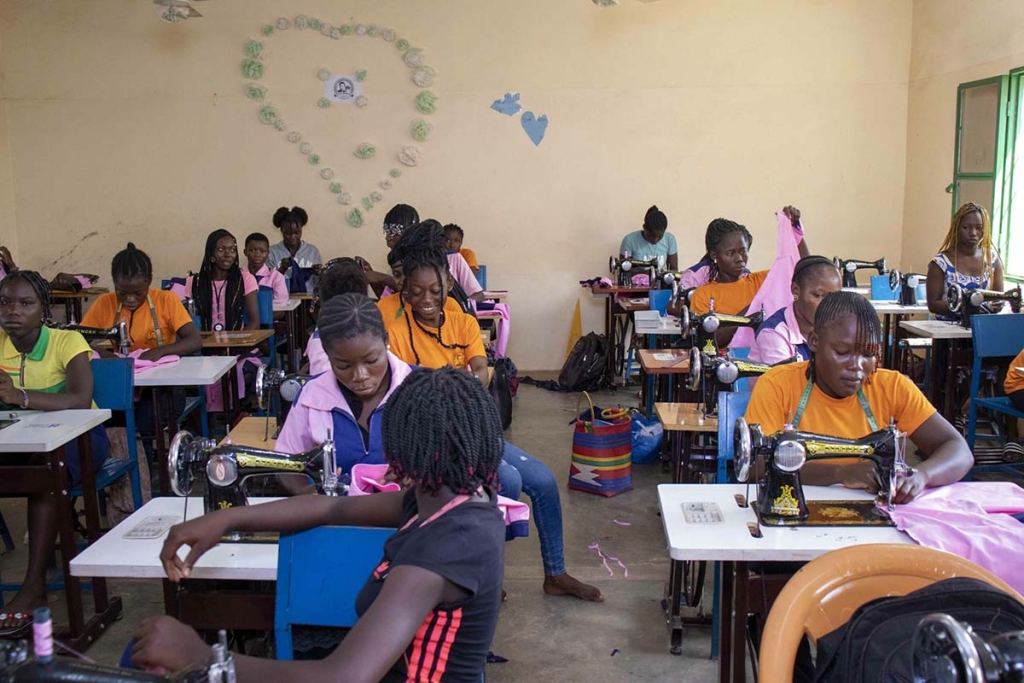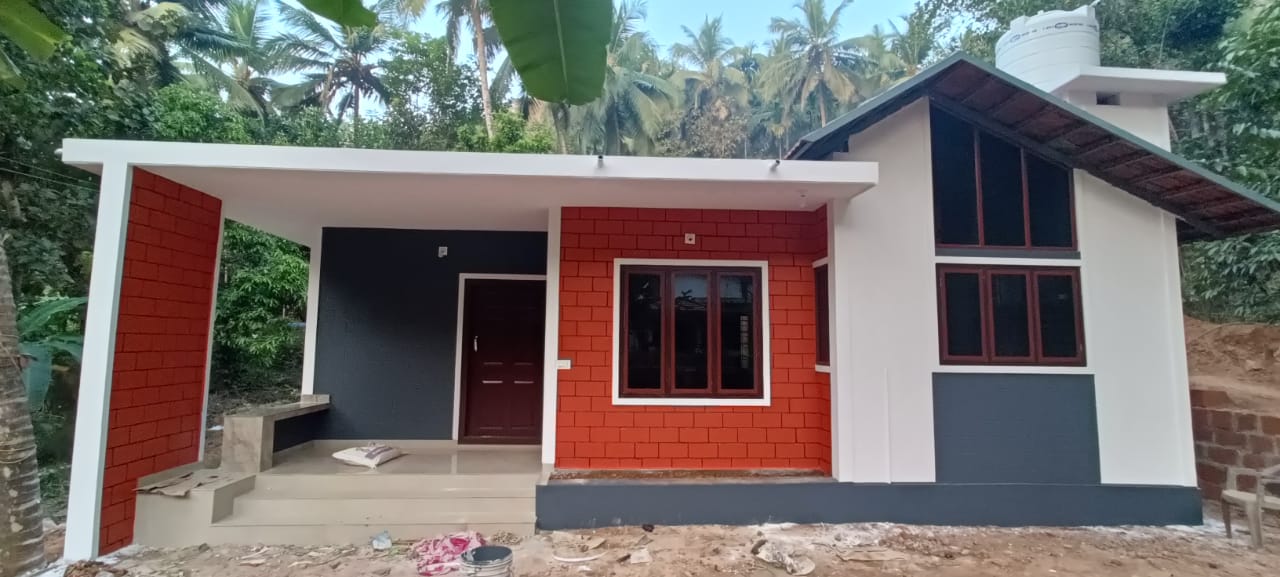HAITI: Salesian Missions launches new emergency appeal to aid those impacted by 7.2-magnitude earthquake

Salesian missionaries are responding to needs of people within their communities
(MissionNewswire) Salesian Missions, the U.S. development arm of the Salesians of Don Bosco, has launched a new fundraising appeal to help Salesians in Haiti who are responding to local needs after a 7.2-magnitude earthquake struck five miles from the town of Petit Trou de Nippes in the western part of the country, about 80 miles west of the capital of Port-au-Prince. The earthquake, which struck on Aug. 14, was stronger than the 7.0-magnitude earthquake that devastated the country in 2010.
The cities of Les Cayes and Jeremie, located in Haiti’s southern peninsula, have reported major devastation with people caught under rubble and buildings and hospitals collapsed. Phone lines were also reported down in Petit Trou de Nippes.
To date, there are more than 1,900 people who have died and 7,000 reported injured, with hundreds more who are missing. Hospitals are at their maximum having accepted more than 5,700 patients. Rescue operations have been hampered by torrential rain and mudslides caused by Tropical Storm Grace, which swept through the area on Aug. 17.
There are no reported injuries at Salesian centers in the region. All of the buildings are intact with small collapses of walls surrounding the centers. Only one organization, belonging to the Daughters of Mary Help of Christians, suffered substantial damage in classrooms and an auditorium, but there are no reported deaths or injuries.
In a country where the population relies heavily on local churches for support, it’s the destruction and collapse of these buildings that has been the hardest to take for many. The aid provided through these churches is the only source for many in the absence of strong government institutions.
“Salesian missionaries, who were involved in rescue, relief and restoration operations during the last earthquake, have already mobilized to help those in need,” said Father Gus Baek, director of Salesian Missions. “Salesians live in the communities in which they work and are perfectly positioned to respond in times of crisis. They have visited families to assess the damage and the needs of those who have been impacted. Salesian centers have also opened their doors to those who have been displaced.”
Salesian missionaries are no strangers to relief and recovery efforts in Haiti. They were instrumental in the emergency response and relief efforts in their communities after the 2010 earthquake. An integral part of the infrastructure in Haiti prior to the earthquake, they were among the first responders—providing shelter and medical aid; means to securely transport, store and distribute relief supplies and clean drinking water; and, perhaps most importantly, an understanding of how to get things done in Haiti.
Since then, Salesian missionaries have been focused on rebuilding community structures like schools, as well as helping residents rebuild their homes and their livelihoods. In 2015, through funding provided by donors to Salesian Missions, reconstruction was finished on the Salesian Youth Center in Fort Liberté. First opened in 2002, the youth center offers a broad range of formal and informal educational programs for local youth. It houses an elementary school, technical school, vocational training center, teacher-training program and one of the country’s only nursing schools.
Salesian missionaries were also a vital source of support and humanitarian aid following Hurricane Matthew, a Category 4 hurricane that pummeled Haiti on Oct. 4, 2016. Missionaries used the same local connections and channels to provide much needed immediate aid and ongoing relief and reconstruction efforts as they did after the earthquake. A warehouse that was built using funds from Salesian Missions, made possible by donations from donors who responded after the earthquake, was utilized during the hurricane response.
About 60 percent of Haiti’s 11 million people earn less than $2 a day. The country has high rates of violence from armed gangs and is recovering from political turmoil. Haiti has been in the throes of a political crisis since President Jovenel Moïse was assassinated on July 7. The government is not financially equipped to take care of repairs from this most recent earthquake.
Salesian missionaries began working in Haiti in 1935 in response to the Haitian government’s request for a professional school. Since then, Salesian missionaries have expanded their work to include 11 main educational centers and more than 200 schools across the country.
Each of the main centers includes a number of primary and secondary schools, vocational training centers, and other programs for street children and youth in need. Salesian programs are located throughout Haiti, including in the cities of Port-au-Prince, Fort-Liberté, Cap-Haïtien, Les Cayes and Gressier. Today, Salesian missionaries in Haiti provide the largest source of education outside of the Haitian government with schools providing education to 25,500 primary and secondary school students.
To give to the Haiti fund at Salesian Missions, visit SalesianMissions.org/lp/Haiti-earthquake.
###
Sources:
ANS Photo (usage permissions and guidelines must be requested from ANS)
The New York Times – Haiti Quake Destroyed Many Churches, Shredding a Mainstay of Support
Salesian Missions – Haiti
World Food Programme – Haiti





